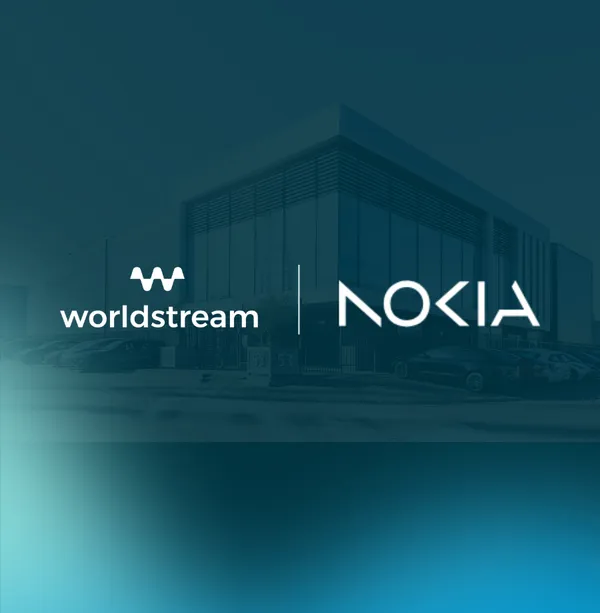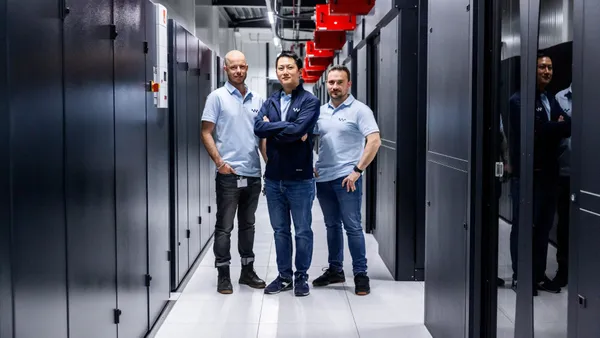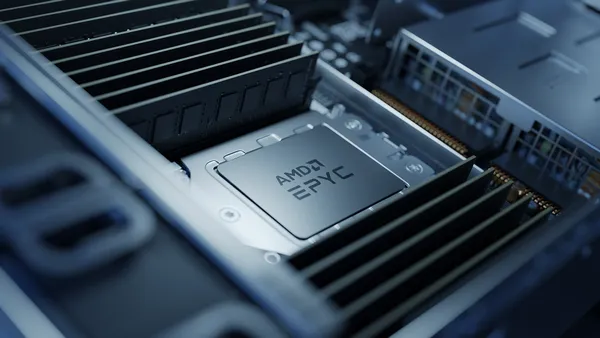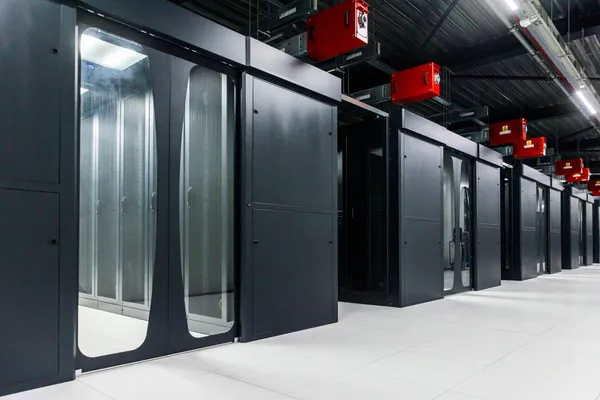Understanding Network Peering - Optimizing Your Server Infrastructure

Knowledge blog

An important aspect of the regional and international Infrastructure-as-a-Service (IaaS) solutions that Worldstream offers is the associated network infrastructure. Through network peering, for example facilitated by the AMS-IX Internet Exchange point located in Worldstream’s own data centers, our clients can optimize network performance and costs. In this article we will explain what network peering is and what it can do for you.
The Internet does not consist of a single network. Instead, the Internet involves a complex web of interconnected networks owned and operated by various parties, including Internet Service Providers (ISPs), enterprises, and educational institutions. These individual networks, actually pieces of the Internet as we know it, exchange information about the IP addresses they contain. Each individual network can create a map of the Internet to see how to reach IP addresses outside its own network infrastructure.
Each network is called an autonomous system (AS), although some network providers may contain multiple ASs. The Border Gateway Protocol (BGP) is utilized to facilitate communication between these individual networks and sharing network routes.
Network Peering vs. IP Transit
Traffic between the different networks can take place through network peering and IP transit. In network peering, parties of roughly equal size may find a way to exchange network traffic for free when becoming a member of an Internet Exchange Point, whereas IP transit is a commercial carrier service that requires payment for the traffic. Using network peering can therefore pay off, and not just because of cost but also because of the anticipated performance, reliability, and network reach.
As a European Infrastructure-as-a-Service (IaaS) provider, Worldstream also manages ‘a piece of the Internet.’ To support our clients’ networking needs at the server infrastructures housed in our data centers, we have developed our own extensive, redundant, low latency network with which we serve clients worldwide. Worldstream’s network actually has a lot of bandwidth available, so you could say that proportionally we control quite a bit of the global Internet infrastructure. Through BGP, this proprietary network is connected to other networks and thus to the Internet as a whole.
AMS-IX PoP in Worldstream’s Data Centers
To enable regional and international user access to the IT applications on your server infrastructure hosted in Worldstream’s data centers, network traffic takes place in Worldstream’s own extensive network infrastructure and the networks to which Worldstream is connected. To achieve the highest (cost) efficiency, network performance, realiability, and reach for our IaaS customers, we make intelligent use of both network peering and IP Transit.
Customers with far-reaching network needs however can also themselves opt for using network peering – to exchange traffic and thus achieve additional (cost) efficiency and performance. Worldstream for example provides low latency connectivity to AMS-IX (Amsterdam Internet Exchange Point), DE-CIX (Frankfurt), Asteroid (Amsterdam), NL-ix (Neutral Internet Exchange – Europe), and Speed-IX (Dutch Internet Exchange) for clients wishing to peer from its data centers. Our customers can use network peering with even greater ease and performance thanks to the AMS-IX Point of Presence being deployed at Worldstream’s data centers in the Netherlands, allowing clients to enjoy further improvements in terms of network performance and cost efficiency.
Public vs Private Peering
The principle of network peering we are talking about so far in this article involves public peering. As mentioned, public peering usually takes place on the platform of an Internet Exchange Point that you can become a member of for a service fee. An Internet exchange uses network switches that allow different networks to connect and exchange network traffic with each other. As such, these IXs are physical locations, like the AMS-IX PoP in Amsterdam and the AMS-IX PoP at Worldstream’s data centers in the Rotterdam/The Hague region in the Netherlands, which act as neutral meeting points for the various networks connected to them.
There is yet another form of network peering which is called private peering. The principle of private peering involves two different networks connecting directly to each other without using an intermediary such as an Internet Exchange. Private peering can be done through a dedicated connection using a physical cable, but also, for example, through a virtual connection based on cloud infrastructure. Achieving a private peering setup is somewhat less straightforward than via an IX, although of course you must first become a member of an IX. A private peering arrangement requires a specific connection to be set up. It is not a plug-and-play solution with which the mutual connection can be made. This option is therefore particularly relevant when parties are located in the same data center, or when large amounts of traffic can be exchanged that may yield significant peering results. Worldstream also has various private peering agreements in place, to achieve maximum network efficiencies for our customers.
Network Peering at Worldstream
Worldstream was founded in 2006 by childhood friends who shared a passion for gaming. Worldstream has evolved into an international IT infrastructure (IaaS) provider. Our mission is to create the ultimate digital experience together with you and our partners. If you have questions about the network peering options at Worldstream, visit this page for further details or to get in touch with Worldstream’s engineering staff to receive custom network guidance.
As an IaaS solutions provider with a global backbone, Worldstream offers ample opportunities for IT service providers and MSP’s alike to professionally shape a portfolio for both upcoming and enterprise IT architectures. These solutions are building blocks for emerging service providers. For example, Worldstream offers secure cloud on-ramps from the data center to well-known American public cloud providers (e.g. Microsoft Azure, AWS, and Google Cloud). This variety of infrastructure solutions are perfect for integrating managed services, where colocation plays a significant role. These solutions include private cloud, file, block and object storage, and colocation. Also, our aforementioned proprietary WS Cloud public cloud platform, powered by Virtuozzo open-source technology, provides a cost-effective European cloud alternative.
You might also like:
- Benefits of Utilizing NVMe SSDs for Dedicated Servers.
- Ten Dedicated Server Security Tips.
- Best practices for Dedicated Server patch management.
Have a question for the editor of this article? You can reach us here.

Latest blogs
The Ultimate Gaming Latency Guide: How to Eliminate Lag and Maximize FPS
Knowledge blog

Growing smarter with less maintenance

Knowledge blog

Worldstream and Nokia Join Forces for Next-Gen DDoS Protection

News

Worldstream unveils new positioning and offers customers more control over their digital infrastructure

News

5th Gen AMD EPYC 9355P – Now Live at Worldstream

News

Nokia strengthens Worldstream’s hosting security with advanced DDoS Protection in the Netherlands.

News
